You don't need a diving license to go snorkeling in Iceland. Go snorkeling in the Silfra rift, part of Thingvallavatn lake. One of the most beautiful places in the world.
The island of Iceland was formed by the violent forces between the North American and Eurasian tectonic plates as they move unstoppably apart. This movement has been forming Iceland’s landscapes over the last 18 million years.
There is a unique site in Iceland where the rifts between the tectonic plates are clearly visible. A fissure, that even has a name, Silfra, which translates to “silvery,” appeared in 1789 after a major earthquake. Today, Silfra is filled with crystal clear glacial water, making it the only place in the world where you can dive or snorkel between two continental plates.
In the following guide, you will learn more about how Silfra and the surrounding landscapes were formed. You will see why snorkeling in Iceland is so popular and why divers from all over the world come to Iceland to explore this unique place.
We will also explain how non-divers and first-time snorkelers can have access to this site. We will give you an overview of what a small group Silfra snorkeling trip is like, how long it takes, what to expect, and what the possible challenges may be.
After reading this guide, you will be able to decide whether or not this experience is for you. If so, you will also get tips on some great and exciting tour combinations to make the most of your adventure.
This epic fissure is located inside the most iconic national park on Iceland’s famous Golden Circle tour route. Thingvellir (Þingvellir) is, deservedly, a UNESCO World Heritage Site. Extraordinary historical, cultural, and geological values make it a unique gem.
The whole park sits in a valley that is basically a huge rift in itself. The valley holds more brutal fissures that are clearly visible. It is possible to walk between some of these rifts while others stretch out underwater. Silfra is the most impressive underwater fissure of all.

The whole area is part of the Mid-Atlantic Ridge which stretches between our globe’s continental plates, extending over an astonishing 16,000 kilometers (9,950 miles).
Thingvellir National Park is also the location of the very first democratic parliament in the world. Althingi (Alþingi), the parliament of the Icelandic Commonwealth, was founded at this site in the year 930 AD.
Every year, the leaders of the country met here to discuss and decide on lawmaking and to dispense justice. These outdoor assemblies were major social events in Iceland. Free men from all over the country were welcome. Therefore, large crowds gathered on the plains of Thingvellir. People built temporary camps, traded, held feasts, told stories from the far-away edges of the island, and discussed legal disputes. These assemblies were the largest social events in Iceland for centuries.
The annual parliament sessions were held here throughout the centuries before 1844 when the parliament was relocated to Reykjavík where it has resided ever since.
The North American and the European tectonic plates are slowly moving apart at the rate of about 2.5 centimeters (1 inch) per year. The rift that is now 1 centimeter wide will be 25 kilometers (15.5 miles) wide in a million years.
This slow but violent movement is accompanied by both small and large earthquakes. In fact, hundreds and thousands of earthquakes can occur in Iceland daily. Only a few of them can be felt by humans as most of the earthquakes fall below M3 on the Richter scale.
The epicSilfra rift opened overnight after a large earthquake followed by a few smaller ones. The rift soon after began to fill with meltwater from Langjökull, Iceland’s second-largest glacier, located 50 kilometers (31 miles) away.

The water bubbles through the finest natural filtration on the planet, a lava rock layer with a very fine texture. Every drop of water spends 30 to 100 years traveling underground through the vast lava field that lies between the glacier and the Silfra fissure.
At the point when the water arrives in Silfra, it is the clearest water in the world. It is so pure that you can easily drink from it without any fear. Furthermore, this natural spring creates a gentle current that keeps the 2 to 4°C (35 to 39°F) water moving constantly, ensuring it never becomes dirty and that bacteria cannot thrive.

Snorkeling in the purest water on Earth
The visibility underwater at Silfra blows everyone’s mind. To serve as a point of comparison, the majority of the most popular diving sites in the world feature 10 to 30 meters (32 to 98 feet) of visibility. Those places where you are able to see 30 to 45 meters (98 to 147 feet) underwater have been ranked as the best diving and snorkeling sites in the world.
Incredibly, the visibility at Silfra is not only longer than 45 meters (147 feet) but exceeds 100 meters (328 feet). That makes the visibility at Silfra two to three times longer than the best diving sites in the world! Moreover, some sources emphasize that the fissure is not long enough to fully test the limits of its visibility. This leaves no question as to why Silfra is on every diver’s bucket list.

Some of the most amazing underwater environments on the planet are found in cold water. Silfra is a truly awe-inspiring wonderland. The seemingly-bottomless bare rock walls, the vibrant shades of blue, the multicolored algae, and the water that is as clear as air all work together to make you feel as if you are flying!
To experience the feeling of swimming between the boundaries of the tectonic plates, you need to sign up for a snorkeling tour. Do not even think about swimming there without the proper gear or a skilled guide. It is not only illegal but also life-threatening.

A snorkeling tour always starts with education and safety training. The professional guides explain the geological history of the area. Then they introduce the gear that you must wear during the tour and discuss the safety information that you have to be aware of.
As the water is very cold, you must wear waterproof dry suits that keep you dry and your body warm. These suits are made from a special, thick material that is designed to effectively resist freezing cold temperatures. You will need to wear a rubber strap around your neck to ensure that the water does not get inside the suit. This is a normal part of any dry suit.
To increase your thermal insulation and comfort, you will also wear (your own) long-sleeved, thermal undergarments under your dry suit. The suit is filled with air which, therefore, keeps it completely dry and also allows you to float on the surface of the water. The guides help everyone gear up and check their suits after putting them on.
The dry suit might feel heavy as you put it on. You will also be given diving goggles, a breathing pipe, a neoprene hood, a pair of neoprene gloves, and flippers. For a few minutes, you might feel as if you are wearing a weird spacesuit. But don’t worry, this unpleasant feeling only lasts until you reach the water. After a few minutes, everyone feels acclimated to the gear.
The moment you dip your face into the water and start floating in the gentle current, you will forget about everything that was bothering you just a minute earlier.

You will spend about 30 to 40 minutes in the water. The guide will swim near you, keep an eye on you, take photos, and is available to assist you at any time. They will lead you through the fissure. There is one guide for every group of six snorkelers.
The Silfra fissure has four main parts: the Big Crack, Silfra Hall, Silfra Cathedral, and Silfra Lagoon. When you enter the pool, you will feel the current slowly pushing you forward. If the current is not strong enough, you can use your flippers to propel yourself.
The 120-meter (394 feet) long Big Crack features both the deepest and the shallowest points of the rift. This is also the narrowest section. The greatest depth is 42 meters (138 feet), and the shallowest point has a depth of half a meter (1.6 feet). The tectonic plates are so close here that you can almost touch them both at the same time.
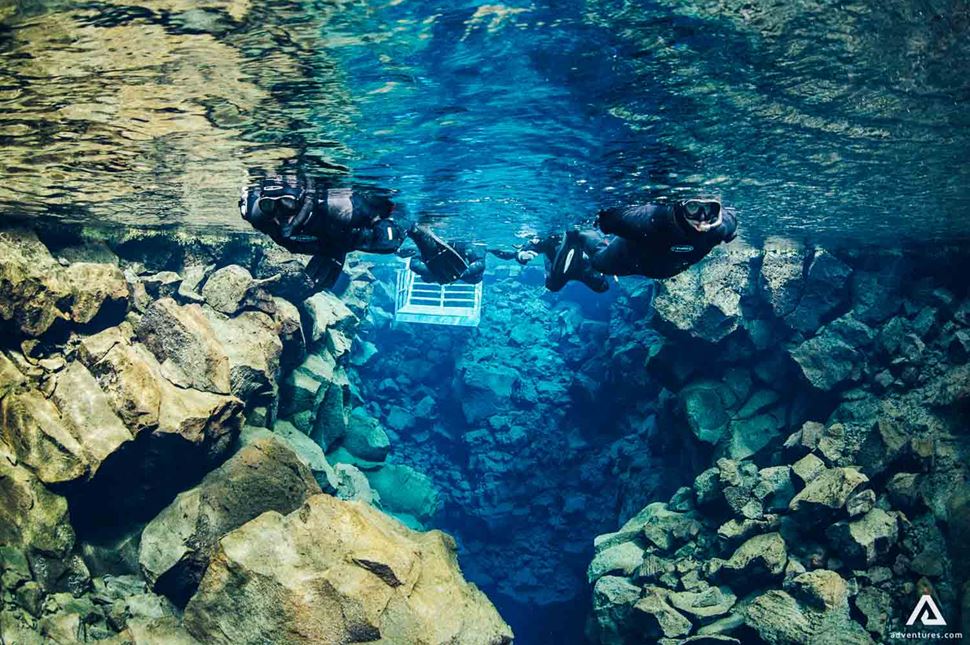
Leaving the Big Crack behind, you will arrive at a place called Silfra Hall. The space between the walls widens out to 8 meters (26 feet). More light and brighter colors fill the water and massive boulders and rocks lie on the bottom at a depth of 14 meters (46 feet).
The next section is called the Cathedral. Swimming through it feels as if you are flying above the majestic landscape of the fissure. You can see the 100-meter (328 feet) long and 23-meter (75 feet) deep walls which even rise above the surface at some points. It looks like a massive, ancient cathedral that was left behind by some long gone civilization.
The snorkel tour ends in the shallow Silfra Lagoon where vibrantly green algae thrive in summer. This is a picturesque lagoon with an average depth of 5 meters (16 feet). Here you will be given some time to swim around and explore the edges of the lagoon.
After the tour, you will exit the water and head back to the truck to get changed and warm up with a steaming mug of hot chocolate and some cookies.
This tour is only safe for healthy individuals. There are strict regulations to protect you from finding yourself in danger during the tour. You might be asked to provide a physician's approval if you have any medical conditions.
Due to the constant flow of freshwater coming from underground and flowing into Silfra, the water temperature is stable at 2 to 4°C (35 to 39°F). The water is in constant motion and, therefore, is unable to freeze. Diving and snorkeling are possible at Silfra year-round!

However, in winter, the daylight periods are much shorter than in summer. Between November and February, daylight lasts only 4 - 5 hours which results in fewer tours available per day than in summer.
Also, the surrounding landscape looks different depending on the season. In winter, the moss around the lake is brownish, greyish, or covered by snow. The green algae under the water grow only in summer. The air temperatures in winter range between -10 and +5°C (14 and 41°F).

Under the dry suit, you need to wear your own warm long-sleeved undergarments. Try to avoid wearing cotton, because it absorbs water and sweat. It does not dry fast and therefore keeps your body cool. The best choice is quick-drying thermal or fine wool underwear. Dry suits may leak slightly, so there is a small chance that your underwear will become wet. Just in case, take a spare set of clothing with you to change into after your tour.

Thanks to its great location, a Silfra snorkeling tour can be easily combined with other adventures and sightseeing tours. One of the most popular things to do when visiting Iceland is a Golden Circle Tour. Thingvellir (Þingvellir) National Park is one of the main highlights of the Golden Circle.
The Golden Circle is the most frequently visited sightseeing route in Iceland. It features the best natural highlights located within a few hours driving distances from Reykjavík. The main stops are Thingvellir National Park, where Silfra is found; the Geysir geothermal area, where a geyser erupts every 5-10 minutes; and Gullfoss, a majestic and extremely powerful waterfall.

Another popular option after exploring the depths of the water is to explore the depths of the ground. There is an amazing lava tube cave outside of Reykjavík that was formed centuries ago by a river of molten lava. Taking a caving tour along with a snorkeling tour will satisfy both your scientific curiosity and your adventurous soul.
If you want to meet Iceland’s cutest locals, go on a horseback riding tour! The Icelandic horse is a unique breed that is a direct descendant of the Viking horses. They are short but strong and have gained an international reputation for their five gaits. These cute horses are also well known for their unique personalities and calm disposition.
Silfra is located 45 kilometers (28 miles) from Reykjavík. You can either choose a day tour with pick up in Reykjavík or drive there by yourself and meet the guides at the location.
Take Route 1 from Reykjavík heading towards the town of Mossfellsbær. Then, before the road turns towards Mount Esja, change to Route 36. Follow this road for 33 kilometers (20 miles) then turn right onto Route 361. After 3 kilometers (1.8 miles), turn right and drive into the car park. From here you need to walk for 5 minutes (400 meters or .25 miles) to the place where the guides will be waiting for you.


Mattia
Passionate for any water activity, I worked over and under the most beautiful waters of Europe and Asia for the last 15 years as a diving and sailing instructor, boat captain and tour manager. I'm always looking for the next skill to learn and ready to guide you safely through your next adventure.
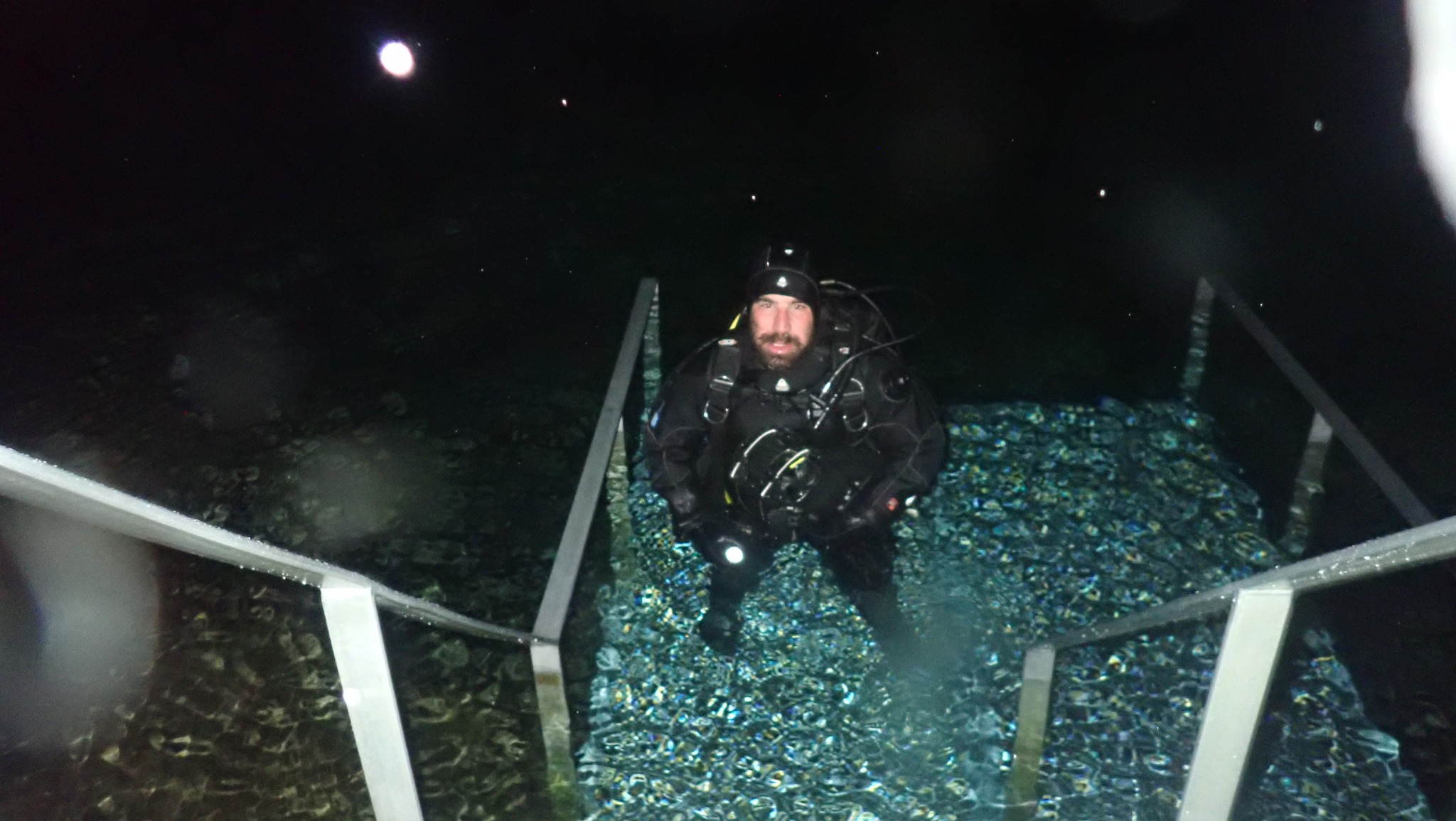
Ioannis
Ioannis (John) Scuba Instructor and CBO (Chief Barbecue Officer) from Greece, I started my diving journey in the warm waters of the Mediterranean sea and Greece. I like the challenges, and this is why I came to Iceland. I realized that I love COLD water and Silfra, and now I am very enthusiastic about any activity out in the cold arctic environment. I love guiding and teaching people and creating lifetime experiences for them.
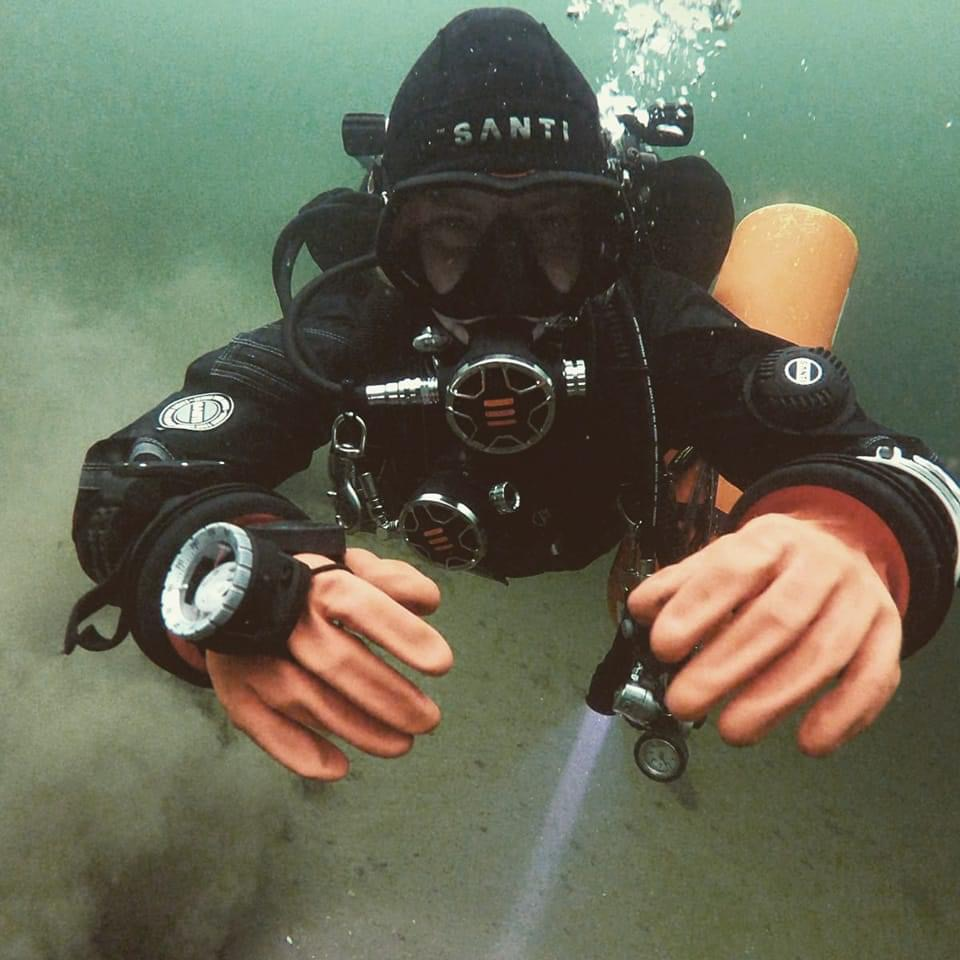
Weronika
Weronika, I am a diving instructor from Poland. I came to Iceland for a while, I stayed for longer. I am a positive person, always smiling and waiting for challenges. Raised in cold waters, I am not afraid of any work and any challenge, so if you want to drown, do it only with me 😉. ‘Mayday Mayday we are sinking!’ ‘What . . . what are you sinking about?’
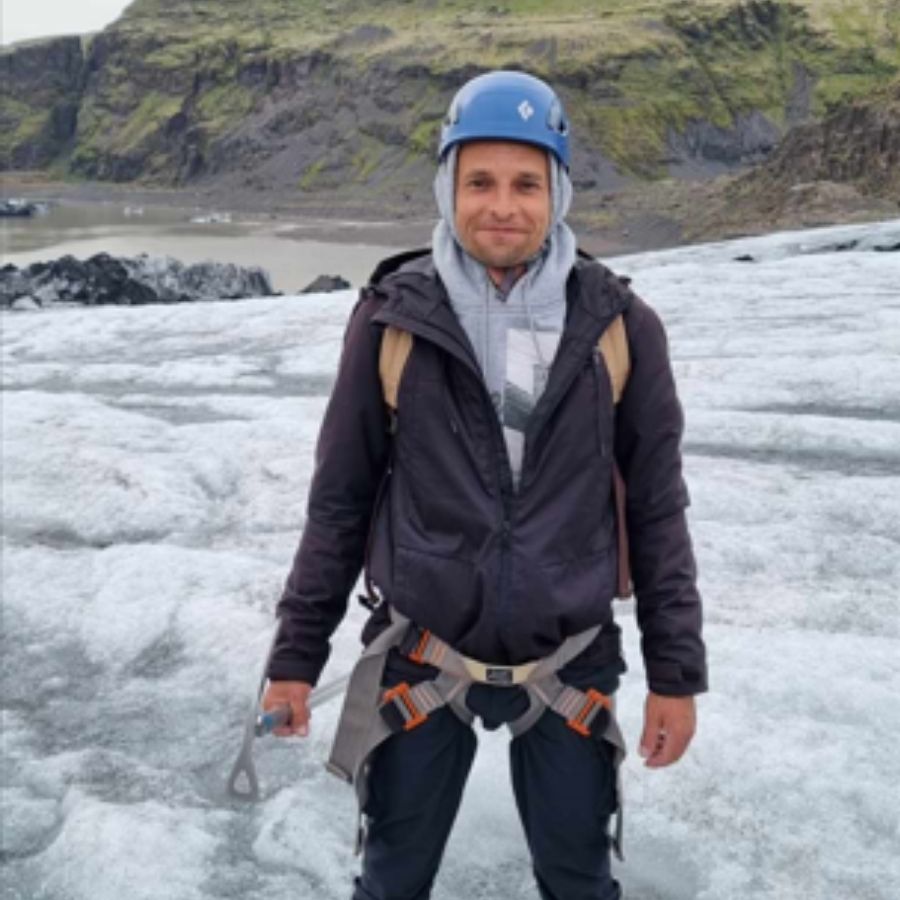
Marcin
Marcin, diving instructor from Poland. I also love hiking, traveling, sport, outdoor activities, movies, books and many others. I enjoy learning and trying new things, especially overcoming my own fears. I enjoy specific sense of humor.
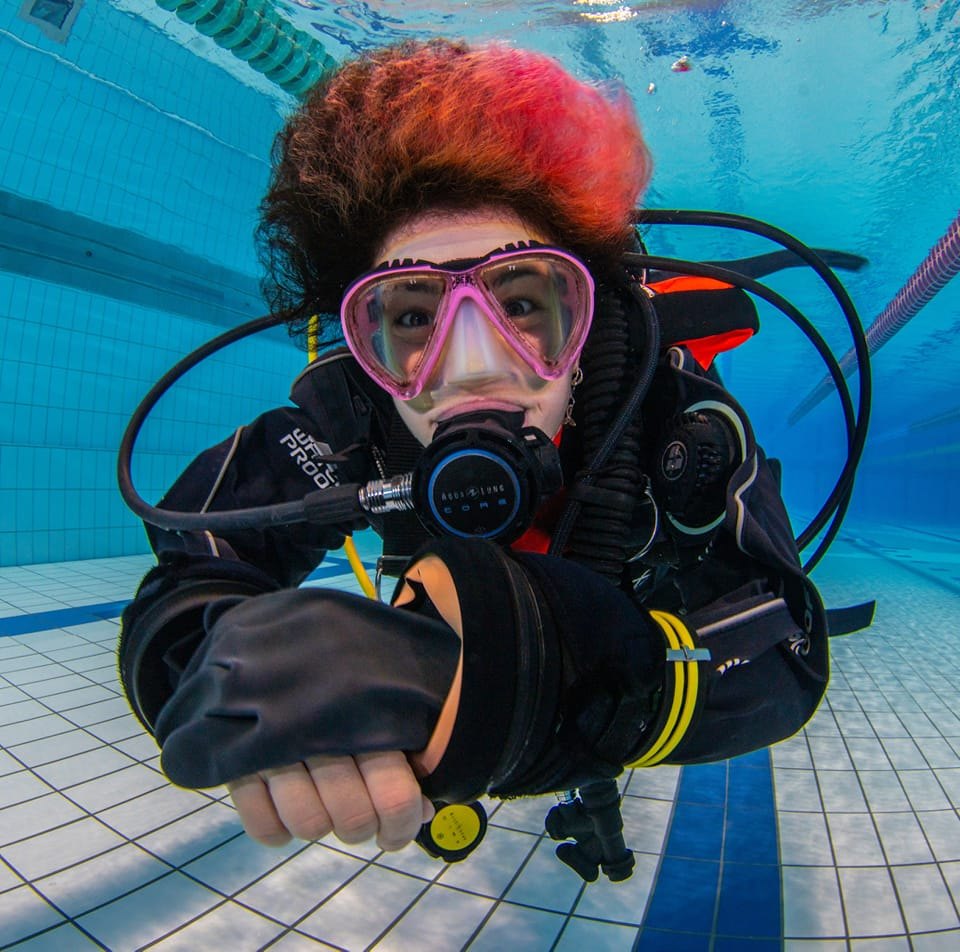
Federica
My name is Federica, but I go as Fede. My diving journey started in 2020 in the beautiful waters of Sardinia and my passion for challenges and extreme activities took me to Iceland. Back then, I would have never imagined to build a life here... but fortunately I did! I have been here for almost 3 years and counting. Water is definitely my element, I am very passionate about my job, animals, the environment and food, but only if it's vegan (sorry Mamma for my vegan lasagna...). Being Italian is for sure a big chunk of my personality. Can't wait to show you the magic of Silfra!
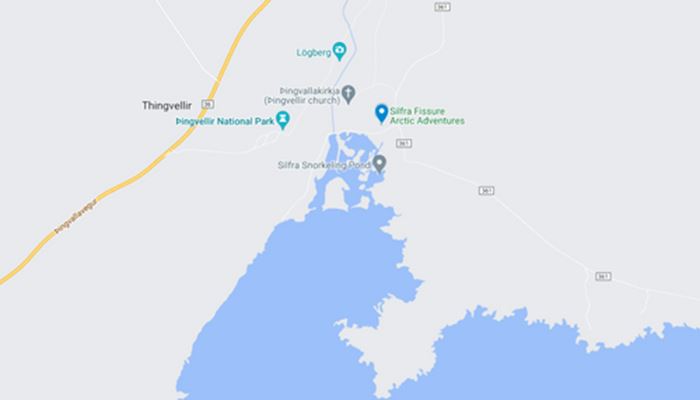
Still got questions about snorkeling tours? Find the answer here!
If you are planning on meeting us at the location than the meeting point is at the Silfra car park, in Thingvellir National Park.
GPS: 64°15’23.508″N 21°6’58.676″W
Please note that the National Park charges a small parking fee of 500 ISK.
We kindly ask you to be at the Silfra car park at least 15 minutes prior to your tour starts,
All relevant information for the tour can be found in our snorkeling handbook.
Yes, you are allowed to bring your camera along, but we recommend to have a waterproof one if you want to have it in the water with you.
Our guides normally have an underwater camera and usually, take photos during the tour without any fees. If you are interested in photos please let your guide know before you go into the water and after the tour, the guide will provide you the code to the folder which includes all the photos from that day.
Kindly note that photos cannot be guaranteed. Our customers’ safety and well-being are our first priority, and therefore the guide will focus on snorkelers as a priority when in the water and will be taking photos when everyone is comfortable.
Unfortunately, you cannot wear glasses as the glasses don’t create a seal between your face and the mask. We recommend wearing contact lenses instead.
You are not allowed to participate in our snorkeling tour if you are pregnant as it can put your baby in high risk.
Yes, you must be able to understand English to a participant. The tour is directed in English.
You need to be more than 12 years old ( guardian’s approval needed for minors under 18) and you need to know how to swim independently. Because of the dry suit sizes, there are height-weight limitations. The minimum height is 150 cm, and the minimum weight is 45 kg. The maximum height is 200 cm, and the maximum weight is 120 kg.
Some snorkeling tours match with a dive tour, and then you will be in the same area at the same time. You will, however, be in separate groups with separate guides, and won’t be in the water exactly at the same time.
Yes, you must be able to swim independently without a lifejacket and feel comfortable in the water to take part in the tour.
No, you do not need any previous experience to snorkel, however, it is important that you can swim independently and feel comfortable in the water.
It is a magical experience. When snorkeling you will be wearing a dry suit, hood, and gloves made of neoprene, along with fins, mask, and snorkel. This equipment will make it not only possible but as well very enjoyable to stay in the water despite the cold temperature. Tripadvisor recently rated Snorkeling at Silfra as one of the Top 5 travel experiences in the world.
We highly recommend long underwear and some warm socks. Wool or fleece is the best material to wear. You’ll be wearing the clothing under the dry suit.
We provide you with high-quality neoprene dry suit so that your body stays dry. There is always a small risk that water can enter the dry suit, that is not dangerous but you can feel a little cold, therefore, we recommend you to bring an extra spare set of clothes and a towel, just in case. Note that your hands and face will get wet, which is completely normal.
You will be provided with high-quality neoprene dry suit from Waterproof International and O’Three. As well as neoprene hood and gloves to protect your head and hands from the cold. You’ll also be given fins, mask, and snorkel.
Our client to guide ratio is 1 guide for every 6 snorkelers
The water temperature is 2-4 degrees C (35-37 degrees F) all year round.
Yes, there are two toilet facilities at Silfra.
Occasionally fish venture into Silfra from Þingvallavatn lake, but they will quickly swim back as they don’t like the cold glacier water. However, there is a lot of colorful seaweed including a bright green variety known as ‘’troll hair’’, which makes the fissure unlike anything on the surface.
Silfra can be up to 60m deep. However, when you’re diving in Silfra than you will go about 7 to 12m deep, and the maximum diving depth that is permitted is 18m.